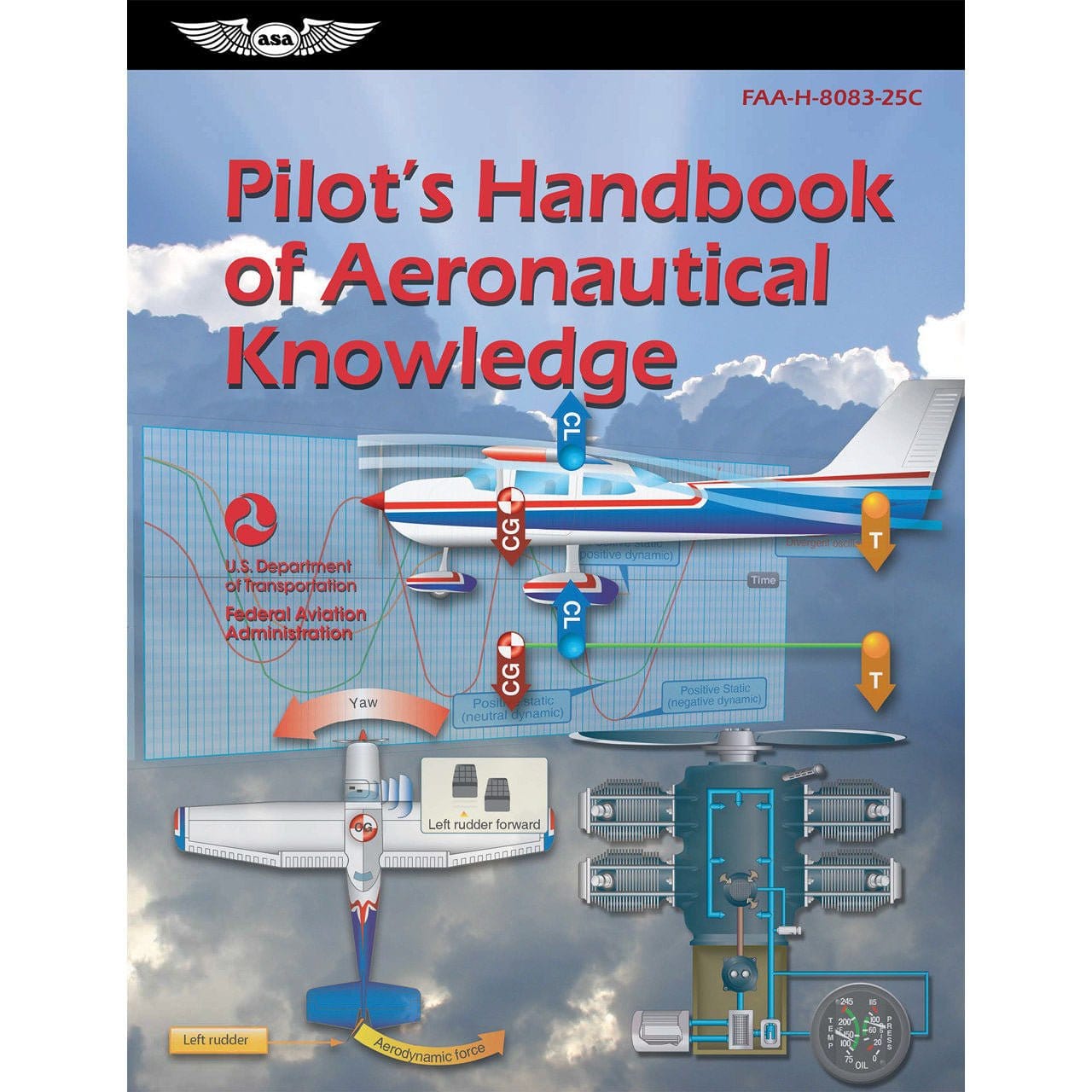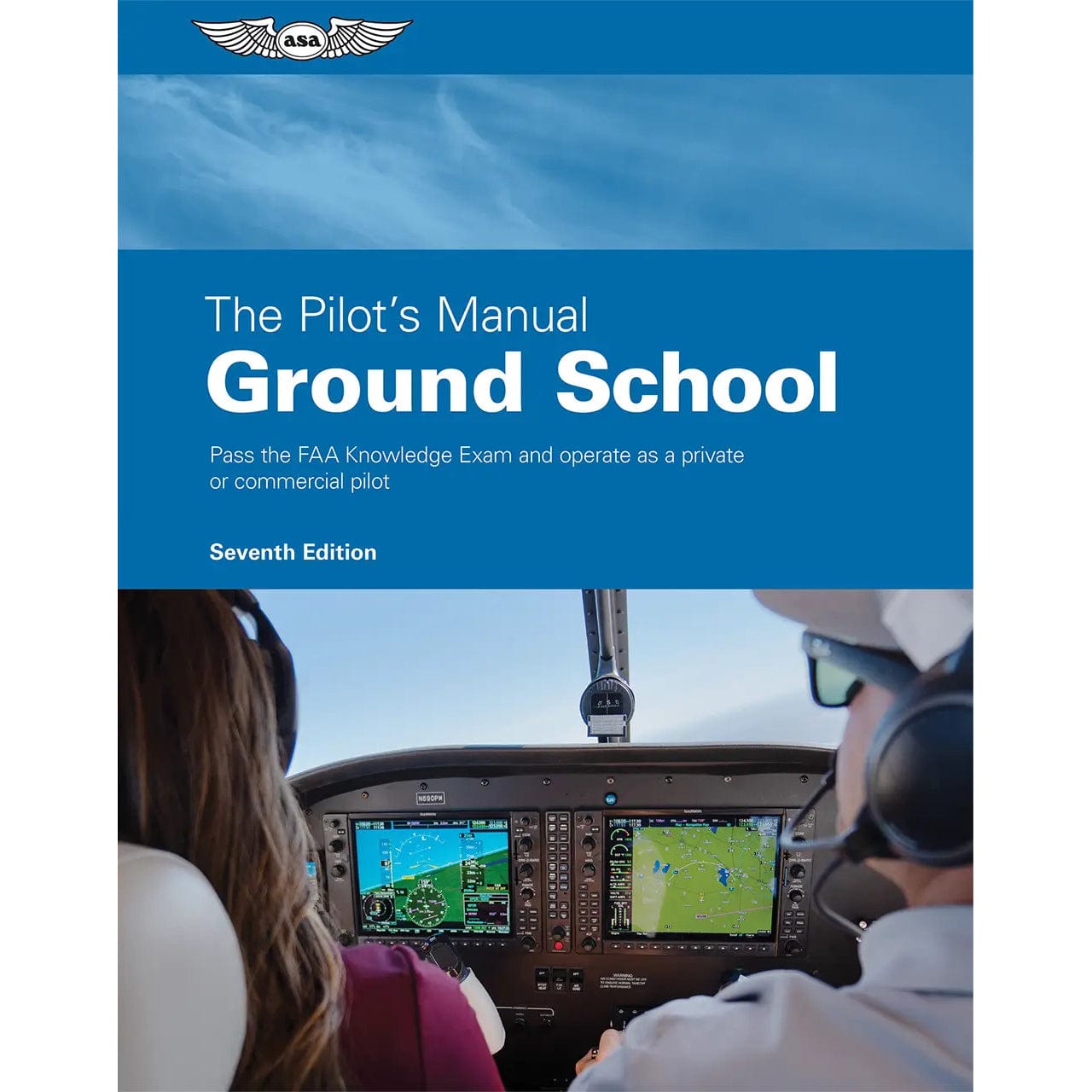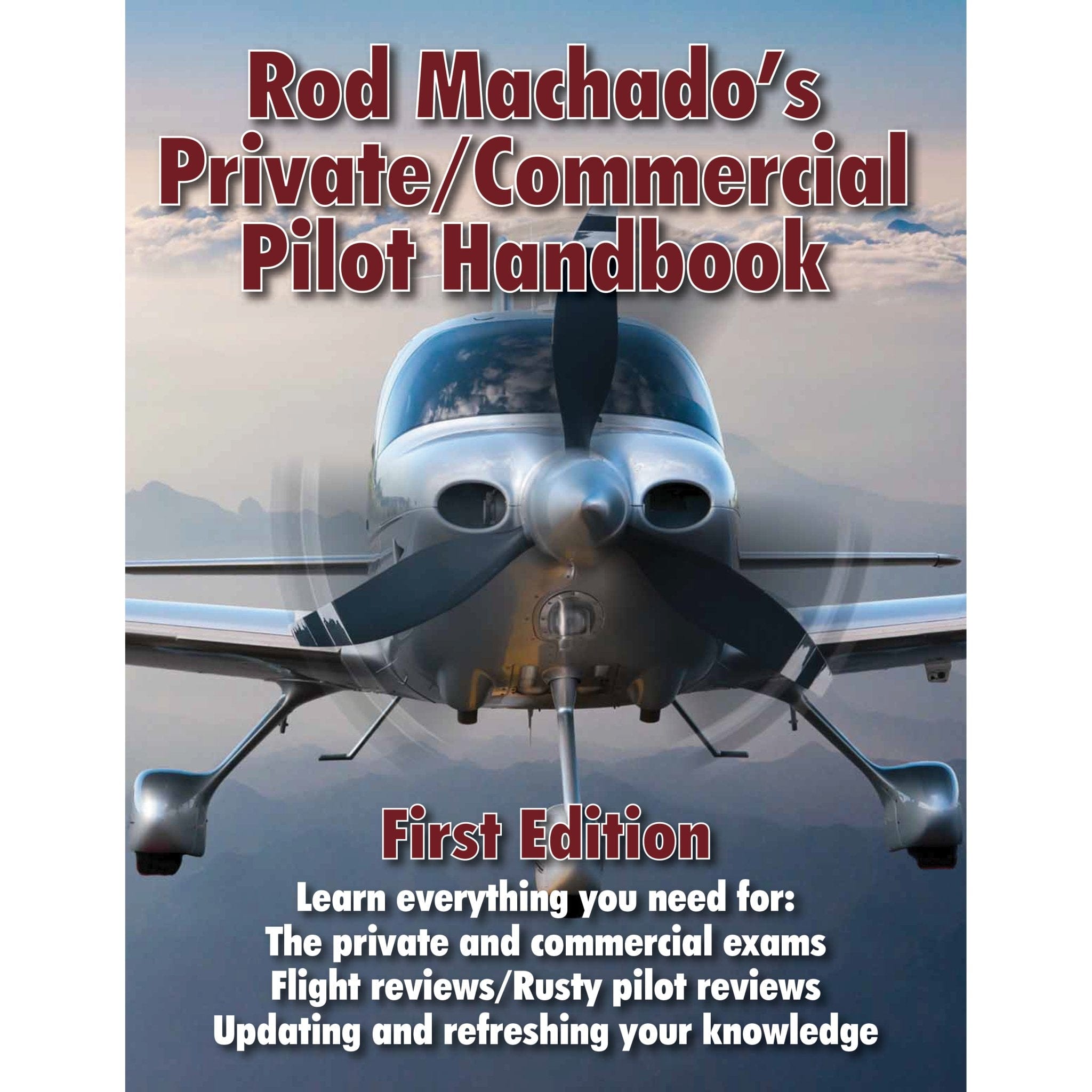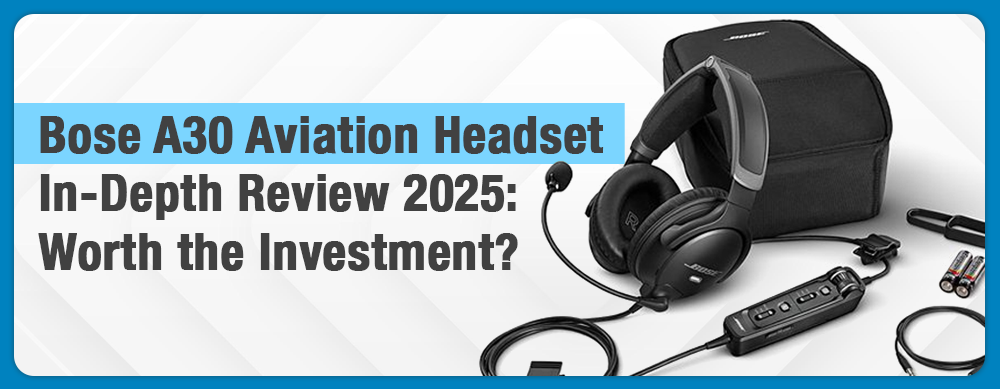When we gaze up at the sky and see birds or planes gracefully gliding across it, we never take a moment to appreciate just how intricate science makes this possible.
A key factor in getting these machines airborne is the aerodynamic shape of their wings: airfoils. Especially the curvature of an airfoil, called its camber, plays a pivotal role in generating the lift needed for flight.
In this article, we will delve into the world of airfoil camber, exploring its effect on aerodynamics and how it works to produce lift and power flight.

What is a Cambered Airfoil?
Before we delve into the intricacies of cambered airfoils, it's important to grasp the essence of what they are.
There are two classes of airfoils. The first being the symmetric airfoil and the second being the cambered airfoil.
At its core, a cambered airfoil is the meticulously designed cross-sectional shape of an aircraft wing or any lifting surface. However, an airfoil that is not a symmetric airfoil will not always be cambered.
There is an important difference between the two, the purpose of a cambered airfoil is to create lift, allowing aircraft to defy gravity and stay aloft.
Unlike a symmetric airfoil, which lacks curvature in its shape, cambered airfoils feature a distinct curve on their upper surface—a characteristic that holds the key to their lift-generating prowess.
Breaking Down the Elements
To fully understand how the airfoil camber works we first have to explore the elements that it is comprised of.
Leading Edge
The leading edge marks the frontmost point of the airfoil, where it first encounters the oncoming airflow. The shape of the leading edge is a critical factor, and it's tailored to suit the airfoil's intended function.
For high-speed airfoils, as found on modern fighter aircraft, the leading edge is razor-sharp, designed to efficiently slice through the air. In contrast, airfoils intended for greater lift at lower speeds, such as those on certain small-engine aircraft, sport thicker, more substantial leading edges.
Trailing Edge
Situated at the rear of the airfoil, the trailing edge represents the point at which the airflow over the upper surface converges with the airflow beneath.
The design of this portion of the airfoil is just as vital as that of the leading edge. Its purpose is to ensure that the two airflows meet with minimal turbulence.
Chord Line
The chord line serves as an imaginary straight line. The chord length extends from the leading edge to the trailing edge of the airfoil section, connecting these two critical points. This line forms the basis for measuring various angles and dimensions crucial to airfoil design.
The area above the chord line is the upper surface, the area below is referred to as the lower surface. Both the upper and lower surfaces are divided by the chord line.
-
Transonic and Supersonic
A transonic that is just a bit below or above the speed of sound, brings some unique challenges. To keep air moving efficiently, supercritical airfoils work best in this situation.
The design of these supercritical airfoils is meant to limit the wave drag so they can perform better at transonic and supersonic speeds.
When compared to more traditional subsonic foils, such as bi-convex and double-wedge camber designs with thin leading and trailing edges, you may notice that they have a thinner profile and sharper leading edge. All of this helps optimize performance for faster flights.
Mean Camber Line
The mean camber line is an imaginary line drawn midway between the upper and lower surfaces of the airfoil. In a symmetrical airfoil, the mean camber line is merged with the chord line.
This line plays a pivotal role in quantifying the airfoil's curvature, a fundamental parameter for lift generation.
Much like the upper and lower spaces for the chord line, the mean camber line has an upper camber and a lower camber.
-
Maximum Camber
The part of the wing where the mean camber line and chord line have the greatest distance is known as the maximum camber point.
For optimized airflow, the maximum camber within the front of the airplane wing gives off an ideal pressure distribution, which is preferred by most aircraft designers.
Relative Airflow
As an aircraft moves through the air, the air itself is in motion. Relative airflow refers to the direction of the oncoming air in relation to the airfoil. This direction is not always head-on but can vary depending on the aircraft's orientation and motion.
Angle of Attack
The angle of attack is a central concept in aerodynamics, representing the angle formed between the airfoil's chord line and the direction of the relative airflow.
This angle wields significant influence over the airfoil's performance, affecting both lift and drag.
Pros/Cons of a Cambered Wing
Now, let's dive into a comprehensive evaluation of the advantages and disadvantages associated with the use of cambered wings:
Pros
-
Enhanced Lift: cambered airfoils excel at generating lift, making them ideal for aircraft requiring significant lift, such as general aviation planes.
-
Versatility: They can be tailored to suit various aircraft and mission requirements, from small private planes to massive commercial airliners.
-
Lower Stall Speed: Cambered wings tend to have lower stall speeds, a critical attribute for safe takeoffs and landings. This feature significantly contributes to the safety and ease of flying.
Cons
-
Increased Drag: The curvature of cambered airfoils can lead to higher levels of drag compared to symmetrical airfoils.
Drag, while a necessary evil, can affect fuel efficiency and overall performance, particularly at higher speeds.
-
Limited Speed: While cambered airfoils excel at lower speeds and provide enhanced lift, they may not be ideal for high-speed applications. The increased drag they generate can limit the top speed of an aircraft.
Pros/Con of a Thin Cambered Wing
- Pro: The thin cambered wing offers an advantage of low drag at high lift and nearly no displacement effect. This translates to a pressure coefficient that is lower compared to the thicker airfoil, resulting in a higher maximum lift before stalling.
-
Con: One drawback of such an airfoil like a thin cambered wing is that its angle of attack, where drag is low, is less than with other wings. This means it requires an external support structure since there isn't enough room for the internal components.
Also, because of the slim design, there's not quite as much space for fuel tanks or water ballast as there would be in a thicker wing.
Tailoring Cambered Airfoils for Optimal Performance
One of the remarkable attributes of cambered airfoils is their adaptability. Engineers can customize these airfoils to optimize aircraft performance across a wide range of missions. Here are some strategies for tailoring cambered airfoils:
-
High-Speed Airfoils
For aircraft designed for high-speed operations, such as modern fighter jets, airfoil designers opt for sharp leading edges and minimal camber.
These features reduce lift at low angles of attack, minimizing drag and allowing the aircraft to maintain exceptional speed.
-
Low-Speed, High-Lift Airfoils
Conversely, aircraft like the Cessna 150, designed for slow-speed flight and requiring substantial lift, feature pronounced camber. This pronounced curvature of the airfoil's upper surface enhances lift production, enabling the aircraft to operate effectively at lower speeds.
-
Flap Deployment
Many aircraft are equipped with flaps that can be extended from the trailing edge of the wing. These flaps effectively change the camber of the airfoil, increasing its curvature and lift-producing capabilities.
Pilots deploy flaps during takeoff and landing to enhance lift and reduce stall speed.
-
Variable Camber
Some advanced aircraft, including certain military fighter jets, have the capability to modify their wing camber in-flight.
This adaptability allows the aircraft to optimize performance for different mission phases, from high-speed flight to slow-speed maneuvers.
The Cambered Airfoil and the Stall
While camber is a critical factor in generating lift, it also plays a role in a phenomenon known as a stall. A stall occurs when the angle of attack becomes too steep, causing the airflow to separate from the upper surface of the airfoil. When this happens, the airfoil loses its lift-producing capabilities, and the aircraft can lose altitude or control.
Camber can influence stall behavior. Airfoils with higher camber tend to have a lower critical angle of attack at which they stall.
This means they can generate more lift at lower angles of attack but are also more prone to stalling if the angle becomes too steep. In contrast, airfoils with lower camber have a higher critical angle of attack, making them more forgiving in terms of stall behavior.
Pilots are trained to recognize and recover from stalls, primarily by reducing the angle of attack and regaining smooth airflow over the airfoil's surface.
Proper understanding and management of camber are crucial in stall avoidance and recovery.
Take Away
We soar to the heavens, marveling at the feats of aviation, without ever truly appreciating how cambered airfoils make it all possible. Without their intricate designs featuring leading and trailing edges, chord lines, and mean camber lines, a flight would be a distant dream.
Cambered airfoils are the unsung heroes of aeronautics. They play a vital role in providing lift and lowering stall speeds to ensure optimal performance across various missions. In fact, aircraft engineers heavily rely upon them to navigate the sky with finesse and elegance.
Next time you take to the skies, remember the science working behind the scenes. It is through these magnificent cambered wings that we are able to reach new heights with grace and precision.
Learn More About Aerodynamics
Now that you've learned about the aerofoil, check out these additional articles to help further your aviation knowledge.
-
Airplane Deicing: Why It’s a Crucial Step Before You Take Off
-
Power-Off Stall (13 Steps): Complete Recovery Procedure Guide

|
ASA Pilot's Handbook of Aeronautical KnowledgeProviding basic knowledge essential for all pilots, from beginning students through to the advanced certificates, this Federal Aviation Administration (FAA) publication introduces readers to the broad spectrum of knowledge required as they progress through pilot training. Studying this book, pilots gain the required knowledge to earn a certificate and understand aerodynamic theory associated with flight. Written for the pilot preparing for a Remote, Sport, Recreational, Private, Commercial, or Flight Instructor Pilot Certificate, it is a key reference for all the information necessary to operate an aircraft and to pass the FAA Knowledge Exam and Practical Test (checkride).
|
Did you find this article helpful?
Do you think we missed anything important about airfoils? Let us know in the comments below!















